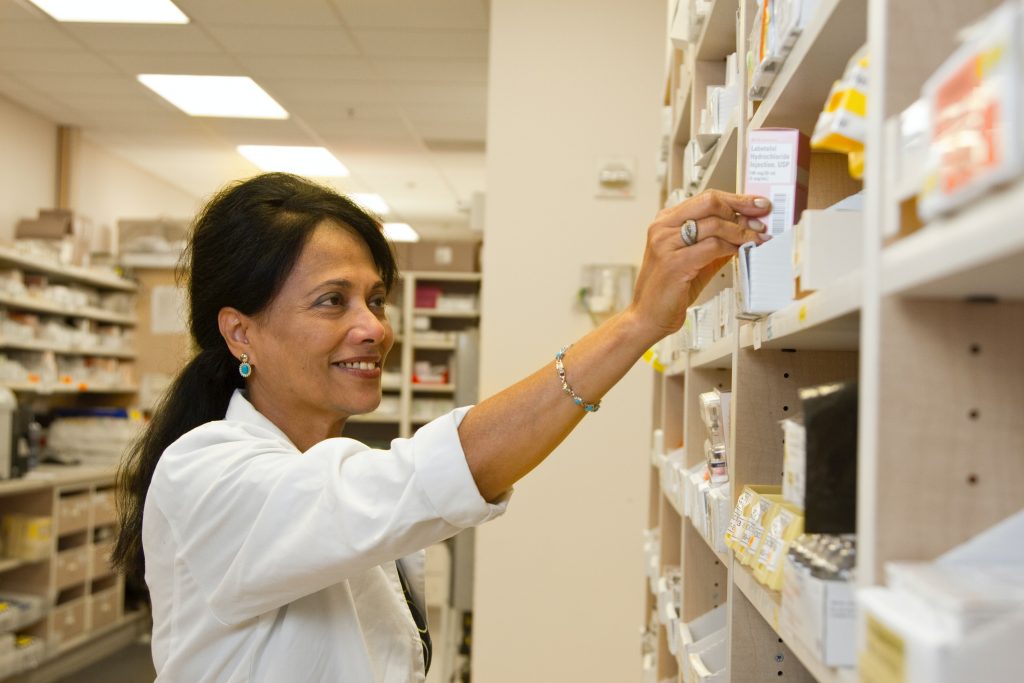The pharmaceutical industry, like the whole world, is undergoing a massive revival. Traditionally slow in technology adoption, it is now undergoing rapid change due to the development of several technologies. Artificial intelligence in the healthcare market will reach the $31.3 billion mark by 2025. Even for an industry worth thousands of billions of dollars, this is a figure that reflects the shift in the direction of the pharmaceutical giants.
Technological innovation has helped so many other sectors achieve goals never before achieved. Why not the healthcare field? Yet it is indispensable to the well-being of the world’s population. Researchers have been working on the subject for several years now to provide effective solutions for patients and medical personnel.
Read also: Why should your company be interested in Big Data?
Here are 5 trends that will be at the center of every pharmaceutical company’s preoccupations in the years to come and that will revolutionize science!
Artificial intelligence
The use of artificial intelligence (AI) and machine learning accelerates the drug discovery and development process. Many start-ups are exploring the use of these technologies to address the various challenges of the pharmaceutical industry. The most crucial step in the drug discovery and development process is patient identification. AI simplifies this step and also makes the cohort identification process faster and less costly. Startups such as Pangea Data are developing AI algorithms to accurately identify patient cohorts. The machine learning-based software scans medical records and physicians’ unstructured notes. The goal is to find the right patients based on phenotypes.
Other companies such as Atomwise use artificial intelligence to identify the most appropriate drugs for certain diseases. Atomwise is developing a treatment for the Ebola virus using its drug discovery algorithm. The algorithm predicted two drugs that could significantly reduce the infectivity of the virus. This analysis, which would normally have taken months or even years, was completed in less than 24 hours!

MR, RV AND AR
Mixed Reality (MR), Virtual Reality (VR) and Augmented Reality (AR) enable visualizations like never before. Pharmaceutical startups are exploring the possibilities of these technologies in pharmaceutical research and manufacturing.
Imagine a world in which the pharmaceutical industry will no longer have to test its products on animals. All it would take would be to test drugs on computer simulations of organs. This technique is cost-effective in terms of time and costs. On top of that, it bypasses animal tests and the side effects on human and animal participants.
The Virtual Physiological Human Institute (VPH) is a good example, as it is the first to create numerical models for the study of heart disease and osteoporosis. The institute is confident that in the near future more than 50% of all clinical trial data will be generated from computer simulations.
New drug strategies
No more traditional medicines simply produced and sold without any follow-up. The future belongs to the development of drugs to which digital health technology will be added. The tone is optimistic, since we can already find products on the market, such as the Accu-Chek Guide blood glucose meter from Roche which has been connected to the mobile application mySugr. Patients with diabetes can monitor their blood glucose levels on their smartphones. In addition to caring about patients’ health, the technology allows them to have an enjoyable experience with the healthcare sector.
Pills printed in 3D
In addition to offering a glimpse into the future of a world where you can print your medications from home, 3D printed pills have much more practical applications for treatment management. Researchers are currently investigating the possibility of manufacturing multi-layer “polypills” using 3D printing. These are made to contain multiple medications in order to help patients adhere to their regimen and better manage their medications. Pharmaceutical companies will need to invest in the development of this technology to better help patients manage their care.
A little extra in supply chains
New technologies have a significant impact on drug development, but also on the drug supply chain. Indeed, A.I. can reduce drug design time from several years to a few days. This leads to cost and time savings while shortening the drug production cycle. So, no more long waits, patients receive their treatment faster.
The integration of robotics also shortens the cycle time. It can further increase manual labor by helping them carry heavy loads for example. Robots are already being used in drug stores as dispensing aids, such as the ROBOTx from PharmASSIST.
Read aslo : Mobile devices in factories: An important competitive advantage

Technological innovation can also give a boost to supply chain security. Thanks to the Blockchain, counterfeit medicines would no longer pose a significant threat. These drugs cause tens of thousands of deaths worldwide and could be neutralized with new technologies. The drug distribution chain could be subject to a radical security measure thanks to a barcode registration system that could be tracked from the manufacturer to the end-user. In this way, drugs can be tracked in real-time by authorized parties and patients, making it much more difficult for criminal networks to operate. In addition to a secure distribution chain, the Blockchain can also allow the sharing of confidential drug development and clinical trial data.
Involving patients in drug design
New technologies and innovations are empowering patients. They now have the opportunity to have a greater say in their bodies and their health. If the pharmaceutical industry wants to stay one step ahead, it will undeniably have to involve patients in their decision-making process. In our ever-connected world, aided by health monitoring systems and online communities, patients are more than ever able to make their demands heard – and for the better!
It is likely that over the next few years, many companies in the pharmaceutical industry will create patient advisory boards. This is already an integral part of many healthcare conferences where patients are involved in organizing or speaking at the event.






